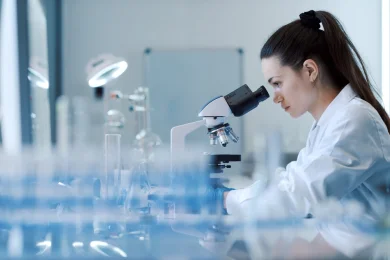
A team of researchers from the University of Warwick in Great Britain and Monash University in Australia has discovered a new antibiotic with high potential, called pre-methylenomicin C lactone, derived from a microorganism of the genus Streptomyces. This discovery was made possible by reanalyzing a species of bacteria studied for over 50 years. The new compound has proven to be one hundred times more effective than methylenomicin A against Gram-positive bacteria, such as methicillin-resistant Staphylococcus aureus (MRSA) and vancomycin-resistant Enterococcus (VRE). The researchers modified the genes involved in the synthesis of methylenomicin A, thus discovering pre-methylenomicin C lactone, which did not generate resistance in bacteria exposed for 28 days. This characteristic suggests that the substance could remain effective in the long term, a crucial aspect in the fight against antimicrobial resistance. The study published in the Journal of the American Chemical Society opens new directions in antibiotic discovery, highlighting the importance of analyzing chemical intermediates in the synthesis of existing natural antibiotics for the identification of new therapeutic molecules.
Sources










.webp)








